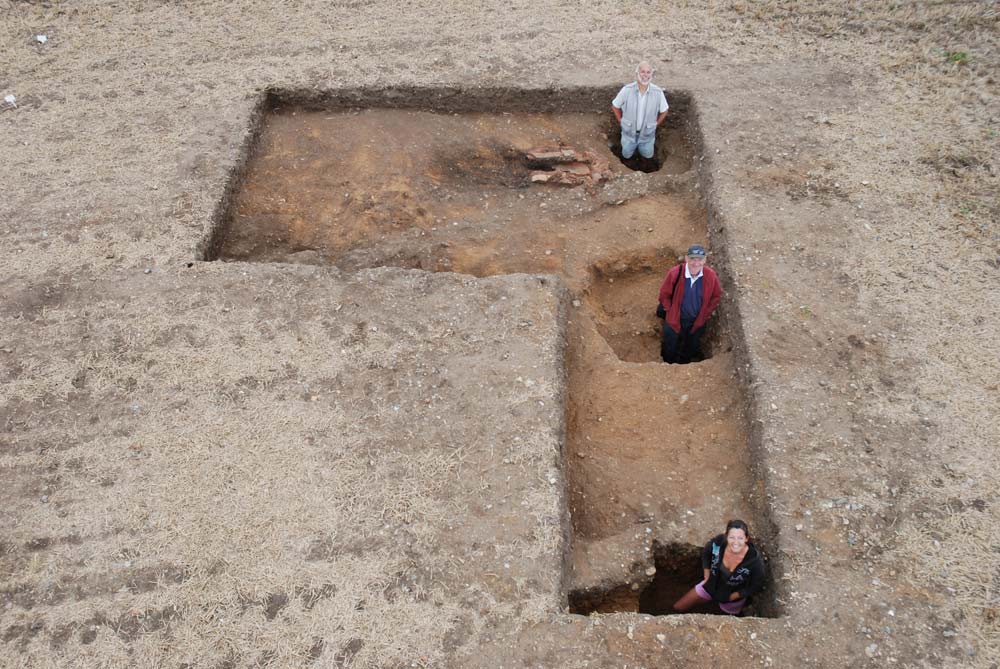Napoleonland. Kind of has a nice ring to it, like a place for where the famous general/statesman/emperor could go to let off some steam. He might have liked a place like that, especially in his later years, when so much else around him was going wrong.
But we're talking about the present and the future here, so let's progress on to that timeline. A former Cabinet Minister, Yves Jego, is pushing the construction of an amusement park that has Napoleon as the theme. The main attraction, it seems, would be re-enactments of famous events in Napoleon's life, such as big battles like Austerlitz and Waterloo. That would surely make a re-enactment guru's Top 10 list.
Jego, the 2008 Secretary of State for Overseas, is pushing the construction of the theme park near Montereau, site of Napoleon's last victory over the Austrian army. Estimated price tag is $280 million, and the park would open in 2017. Projections are for the creation of 3,000 jobs, which would certainly be a boost to the local and national economy, along with the undoubted increase in tourist income generated by the operation of the theme park.
 Some elements of the park are a bit puzzling, however. I can certainly see how kids would be all over the opportunity to dress up like the Emperor and strike a definitive pose for a family photo; and re-enactment buffs would certainly jump at the chance to show up, don the uniform, and let their family see them "fight" the Battle of Waterloo. The option for history buffs to see a water show that creates the Battle of Trafalgar would be an added attraction, a step above the normal reenactment experience.
Some elements of the park are a bit puzzling, however. I can certainly see how kids would be all over the opportunity to dress up like the Emperor and strike a definitive pose for a family photo; and re-enactment buffs would certainly jump at the chance to show up, don the uniform, and let their family see them "fight" the Battle of Waterloo. The option for history buffs to see a water show that creates the Battle of Trafalgar would be an added attraction, a step above the normal reenactment experience.
But you have to wonder how the theme park would market the guillotine attraction, a re-creation of the death of King Louis XVI. Napoleon was very much an agent of the Revolution and of the Republic that followed, and the story of the death of the king is very much part of that story. But having such an attraction at a theme park that would certainly attract a lot of kids and other people who would be offended by the lopping of someone's head, even if it's a puppet or an animation. (Come to think of it, some kids might find it funny because they would have seen similar things in video games. Still, not sure we want to encourage this kind of appreciation.)
Then there's the ski run. This is where I think the project might fall down. Skiing is certainly a worthy and popular pursuit, doubtless to attract lots and lots and lots of people. And the ski run would be popular, I predict, as long as people don't look at the ground to the sides as they go down the run, for the current plan is to populate the run with scenes of a battlefield — namely, shapes that look suspiciously like frozen bodies of soldiers and horses. Again, not for the faint of disposition.
This would certainly not be Disneyland Montereau, even though the plans also include a museum, shops, restaurants, and a hotel. User-friendly it might be; user-sensibility-sensitive is probably isn't.
That's the currently iteration, however. If it goes ahead as planned, then surely the warnings about contents will be enough to keep people well-informed. There's always the chance as well that the plans for the more disturbing attractions could be altered to make the proceedings more family-friendly.




